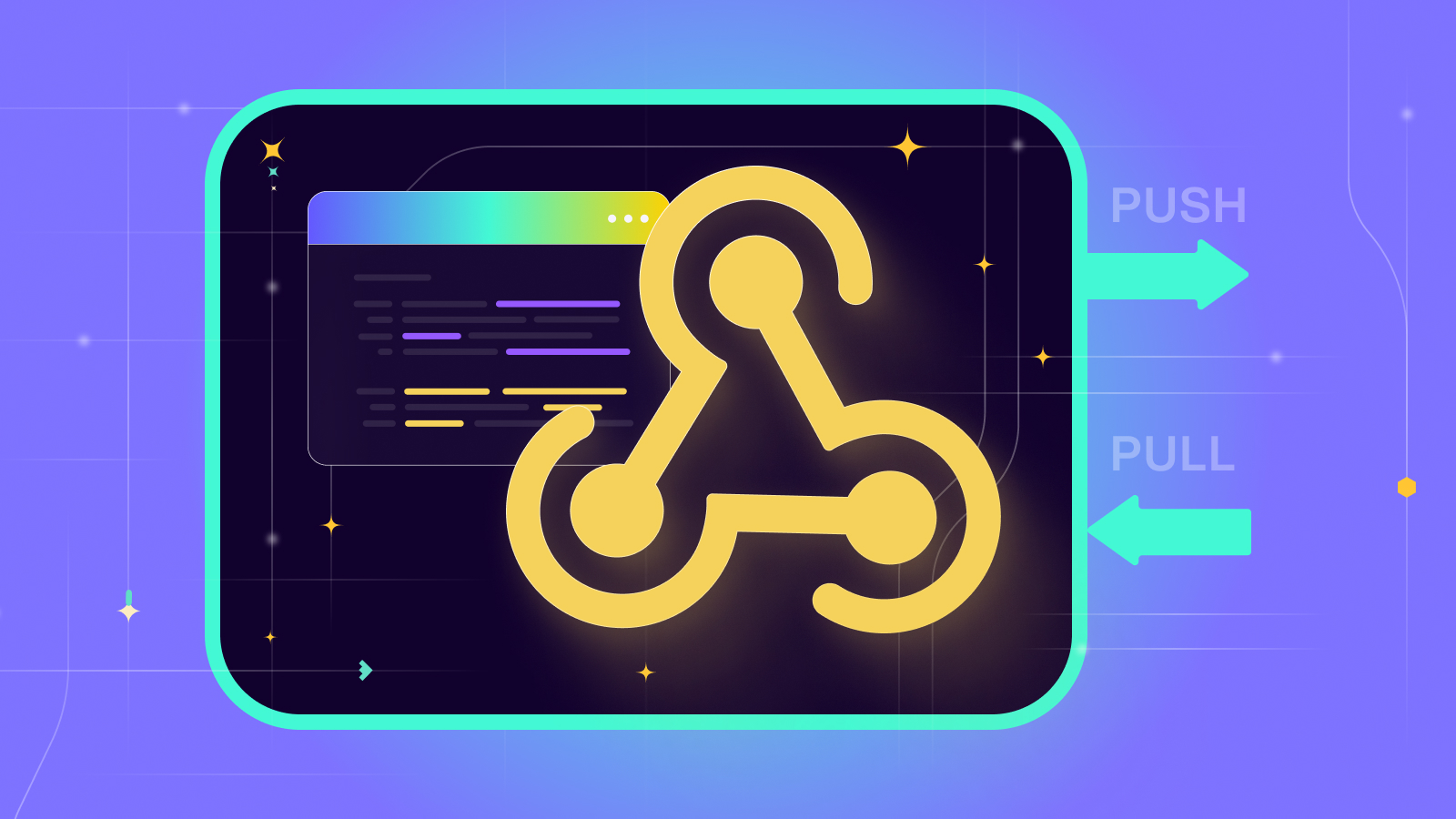Unlocking Efficiency and Performance: The Crucial Role of Storage Tiering
 Contents
Contents
In today’s data-driven landscape, where businesses are grappling with massive amounts of information generated every second, efficient data management has become critical.
The ability to store, access, and retrieve data quickly, efficiently, and seamlessly has crucial consequences, especially in real-time and streaming environments.
This is where storage tiering emerges as a game-changing strategy, offering a sophisticated solution to the challenges posed by data diversity, volume, and performance requirements.
In this blog post, we delve into the significance of storage tiering as a means to unlock unparalleled efficiency and performance in modern data infrastructures.
The General Data Dilemma
Picture this: a company dealing with a multitude of data types, each with varying levels of importance and accessibility requirements. The sales team needs instant access to recent transaction records, the research department requires archived data for trend analysis, and the IT department necessitates rapid data retrieval for troubleshooting. Trying to accommodate all these needs with a one-size-fits-all storage approach often results in inefficiencies, wasted resources, and compromised performance.
Storage Tiering As a Concept
Storage tiering is a solution born out of the realization that not all data is created equal. It acknowledges that different categories of data have different demands in terms of speed, availability, and cost-effectiveness. At its core, storage tiering involves categorizing data based on its relevance and access frequency and then allocating different storage types accordingly. This means that frequently accessed and high-priority data reside on faster and more expensive storage media, while less frequently accessed or less critical data can be stored on slower and more cost-effective storage solutions.
The Multi-Tiered Approach
Modern storage tiering is typically implemented through a multi-tiered architecture. Let’s break down the tiers:
- Tier 1 – High-Performance Storage: This tier includes solid-state drives (SSDs) or locally attached NVMes. It’s reserved for critical data that requires lightning-fast access times, ensuring that crucial operations don’t experience bottlenecks.
- Tier 2 – Balanced Storage: This tier houses data that is accessed regularly but doesn’t need instantaneous response times. It usually involves a combination of both local fast-performance types of storage and less performant types of storage. It can be object storage as well.
- Tier 3 – Cold Storage: Here, data that’s rarely accessed but still important for compliance, historical analysis, or backup purposes finds its place. This tier employs slower and more economical storage solutions to keep costs in check.
Benefits Galore
The benefits of storage tiering are abundant:
- Optimized Performance: By tailoring storage to data needs, performance bottlenecks are minimized. Critical data enjoys rapid access, while less vital data doesn’t consume valuable resources.
- Cost-Efficiency: Storage tiering ensures that you’re not overspending on high-performance storage for data that doesn’t require it. This optimized approach translates to cost savings.
- Scalability: As data grows, tiering allows for scalability without massive upfront investments. New data can be slotted into the appropriate tier, maintaining the right balance.
- Improved Data Management: Storage tiering simplifies data management. It becomes easier to decide where data should reside and when it can be moved to lower-cost tiers.
Going back to data streaming
Data streaming means unstopping, constant streams of data flow from different sources to different clients.
The most suitable database and data structure for that task with the ability to absorb high writing/reading throughputs and multiple connections would be a queue or its bigger brother – a broker.
Depending on the chosen message broker to support your use case, storage would play a critical role in its overall performance, footprint, and cost.
If we don’t really care about cost, that is fine and, of course, makes data management much easier – just put everything in the same place.
In a low-scale type of workload, it can work. In a high-velocity environment, it means millions of dollars.
Putting it into Practice
Implementing or enabling storage tiering requires a thoughtful approach. It involves understanding your data landscape and its nature, categorizing data based on its usage patterns, and selecting the right storage technologies for each tier. Furthermore, you want the process to be as seamless and automated as possible to ensure that data flows seamlessly between tiers based on changing access patterns.
In conclusion, storage tiering isn’t just another buzzword; it’s a strategic approach to managing data that can significantly impact your organization’s efficiency, cost structure, and overall performance. In a world where data’s importance continues to surge, mastering storage tiering is akin to unlocking a hidden treasure trove of benefits. So, whether you’re a startup with ambitions or an enterprise with a legacy, exploring the possibilities of storage tiering is a journey well worth undertaking.



